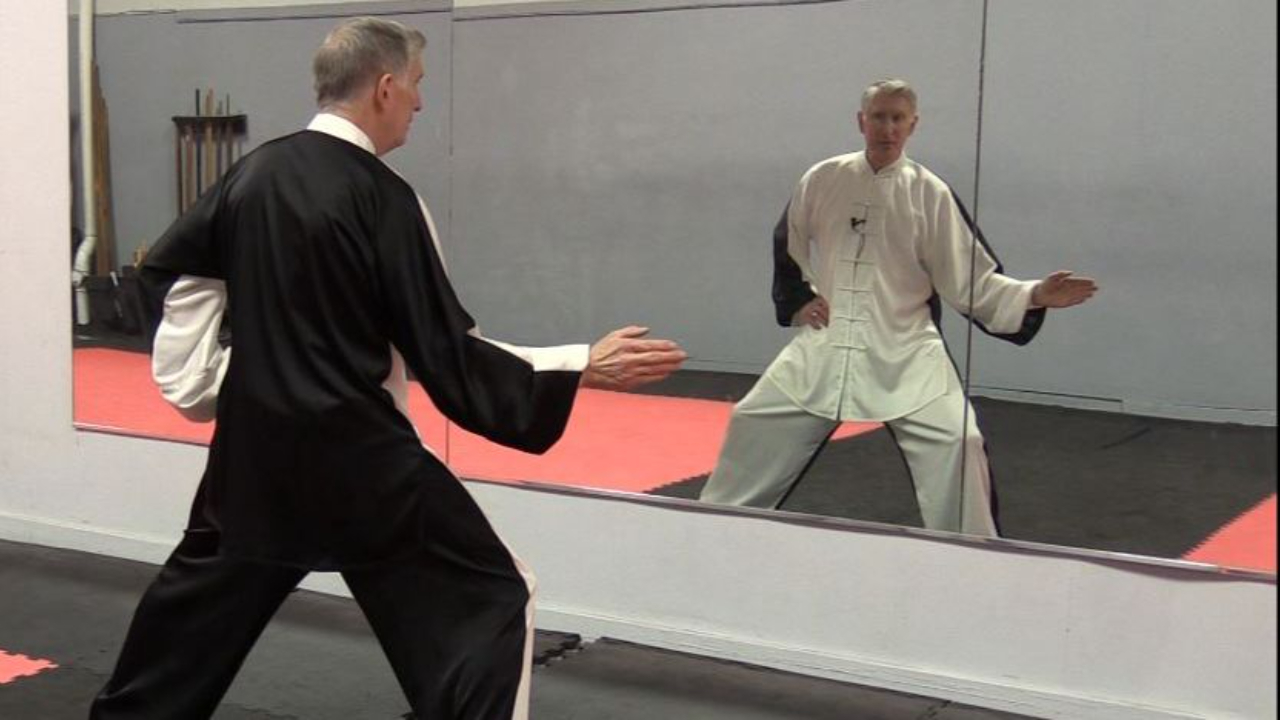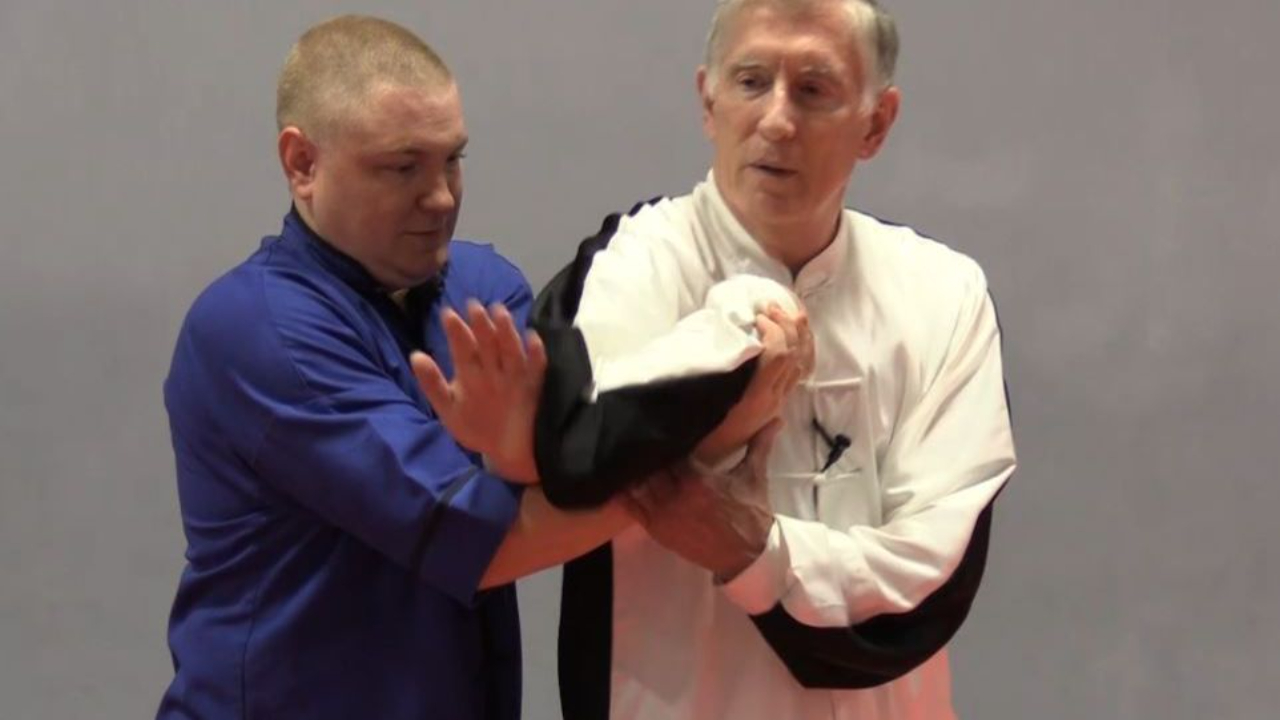A Beginner's Lesson in Tai Chi Silk-Reeling - Video

If you have a half-hour to invest, try to work through this video -- it's a live class I did last weekend on Zoom teaching the first of Chen Taiji's Silk-Reeling exercises -- "Single-Hand Reeling."
This is helpful to all internal martial artists, but particularly if you practice Taijiquan and Baguazhang.
I have to say that most of the videos I've seen on silk-reeling don't teach it at all. But that should be no surprise. The first teacher who taught me silk-reeling had no clue what silk-reeling is, so I was sent down a blind alley thinking that to achieve silk-reeling, we "imagine" our Qi spiraling through our body. It's part of "Qi cultivation," he said.
Nope.
Silk-Reeling "energy" -- the Chinese term is chan ssu jin -- is a physical skill requiring a spiraling through the body in a connected way.
Some say the spiraling movements add power to your Taiji. I believe the most practical purpose of silk-reeling is the neutralizing and redirecting of your opponent's force. You know the...
Silk-Reeling Exercises Can Help You Develop Internal Body Mechanics

Silk-Reeling exercises are forgotten by some Chen style Taiji students after they practice forms, but I believe these exercises should be included in everyone's training routine.
I first learned Silk-Reeling exercises from Chen Xiaowang and my first Chen Taiji teachers, Jim and Angie Criscimagna. Silk-reeling is known in China as chan ssu chin. As I understand it, the exercises were created in recent decades. They are not part of the traditional training in the Chen Village. I went through a silk-reeling workshop with Chen Xiaowang back in 2000 but was already working on them at that time.
When I began teaching, I tried to organize material in easy-to-understand pieces for my students (and for me). For the past 23 years, I have taught six key principles of body mechanics to beginning students:
1. The ground path
2. Establishing and maintaining peng jin
3. Opening and closing the kua
4. Dan T'ien rotation
5. Whole-body connected movement
6. Silk-Reeling energy
New student...
The Value of Silk-Reeling Exercises in the Practice of Internal Arts

Last night, my practice consisted of a few Silk-Reeling exercises. I selected four or five that I don't practice as often as I should (including shoulder reeling, ankle and leg reeling and a couple more) and I worked them over and over, trying to feel the connection from the ground through the body. Relax, sink, feel it from the ground, spiraling through, connected and strong.
If you get one Silk-Reeling exercise right, you are doing good Taiji, and good Bagua. The exercises I do were made popular by Chen Xiaowang during the past 20 years or so. The exercises are among the first lessons that my students practice, laying the foundation for all of the body mechanics
that are crucial for the internal arts -- Taiji, Bagua, and Xingyi.
Silk-Reeling "Energy" is not really a real type of "energy" in our body. The word "Energy" is often misinterpreted when translated from kung-fu texts. It should be thought of as a "method," a way of moving the body as you deal with an opponent's forc...
The Beauty of Video Coaching

Another member of my online internal arts school opted for personal coaching last week. He shot some video demonstrating a couple of silk-reeling movements and standing stake. In a move that I thought was very creative, he put the video clips on Facebook so that only I could see them.
I watched the video clips -- each one was between 3 and 5 minutes long -- and was able to make comments right there on his Facebook page.
Whether we are enrolled in a regular school or the online school, most of us make the same mistakes when we're beginning. The most important thing for the student is to have a teacher who can identify errors and clearly explain them.
I shot a reply video for this person, showing him how he was turning his hips too much, and other tips just for him. Turning the hips is one of the most common mistakes people make early in their training. It's very hard for people to separate their waist/dan t'ien area and the hips. When you tell people to turn the waist, too often the...
